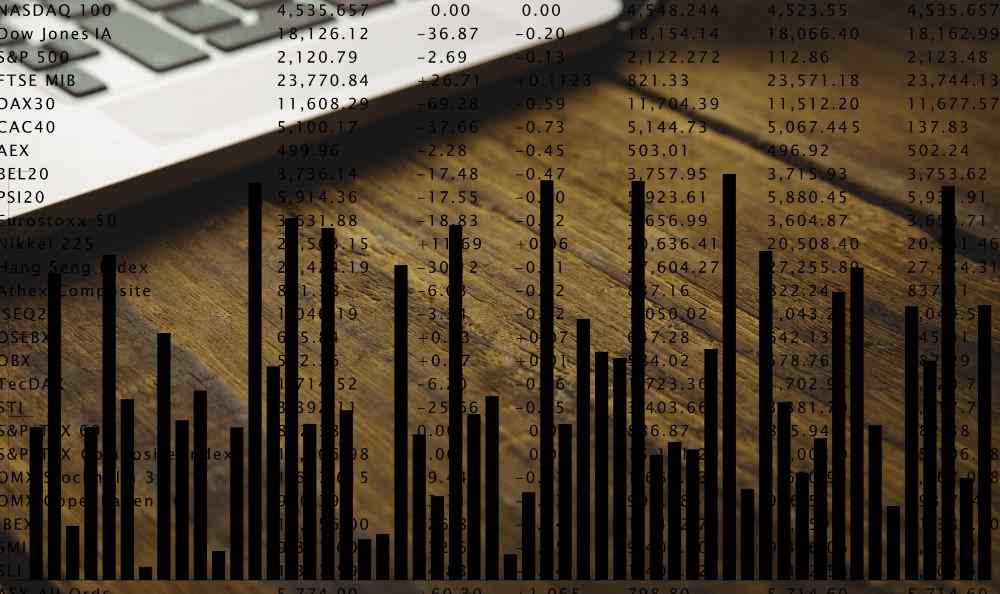In the world of chemical products, linear low-density polyethylene (L‑LDPE or LMDPE) may not dominate headlines, but it’s a critical ingredient in tubing, films, packaging, and other industrial and commercial applications.
For now, mid-way through 2025, LMDPE prices appear stable on the surface. But for savvy buyers and traders, last year’s turbulence serves as a sharp reminder: calm markets can quickly become volatile.
Let’s revisit what happened in 2024—and how industrial chemical trading platforms like SPOTCHEMI can help you anticipate, rather than react to, the next market shock.
Flashback: The Early‑2024 Polyethylene Shock
In early 2024, the global polyethylene landscape was rattled as major producer outages in the Middle East and Asia forced short‐term disruption. This combined with port congestion and shipping delays – particularly at the Panama Canal and Red Sea chokepoints, leading to a surge in spot premiums, as long‐term contract volumes dropped off, particularly for film‐grade LDPE and L‑LDPE resins.
These events triggered a spike in spot prices—buyers found themselves chasing limited availability, and many learned the hard way that contract cover alone doesn’t guarantee protection in a fast‐moving crisis.
In hindsight, many buyers were caught off guard. They relied on traditional forecasting methods and contract protections that no longer offered stability in a rapidly shifting landscape.
As of mid‑2025, SPOTCHEMI shows healthy activity in L‑LDPE spot listings. But that stability is deceptive. The same risk factors that rattled markets in 2024 remain present—and could trigger another episode of rapid price moves:
- Geopolitics in the Middle East
- Unexpected plant closures in China.
- International sanctions or trade wars.
- Trade route blockages.
- Sudden demand surges from agriculture wrap films or PET line converters.
- Raw material price volatility, especially around ethylene feedstock tied to gas price swings.
These aren’t hypotheticals—they’re slow-burn threats already unfolding in parallel with today’s market calm. But what could trigger the next price spike in polyethylene markets?
Here are three realistic, forward-looking events that could hit industrial chemical markets at any time in the future.
Scenario A: Unexpected Turnaround in the Middle East
A force majeure event on a major resin plant limits regional rubber- and polyethylene-grade output. Early indications on SPOTCHEMI could include a sudden fall in the number of listings or buyers posting more urgent inquiries with widening price spreads.
Scenario B: Shipping Chokepoint Disruption
Political tensions flare in the Red Sea’s transit corridor. Early platform signals could include listings from the Gulf remaining while bids from Europe and Asia climb sharply, or even signs of delivery times being extended.
Reading Live Market Data from Chemical Trading Platforms
One of the most valuable but underused indicators of chemical market direction is real-time spot trading data. Industrial chemical listings, on trading platforms like SPOTCHEMI (which hosts this webpage) can offer early clues.
For example, a drop in the number of sellers or delayed responses to inquiries might suggest tightening availability. Alternatively, sudden changes in pricing spreads between regions may point to shifting freight or supply-chain dynamics, or an uptick in demand from new geographies could reflect buyers hedging against expected shortages.
While global commodity reports might eventually catch on, by then, the opportunity—or the risk—may have already passed.
The lesson from 2024 is clear: volatility doesn’t wait for headlines—and relying on contract coverage or outdated forecasts is no longer enough. The L‑LDPE market, like many others, is increasingly shaped by dynamic factors: geopolitical risk, logistics disruption, feedstock shifts, and surging demand from unpredictable sectors.
Related articles: How Trump’s Chemicals’ Policy is Impacting the Global Industry or How AI Is Powering Industrial Chemical Price Forecasting
In 2025, polyethylene price stability may be the surface story—but the real signals lie deeper, in the platforms where deals are made and intentions are revealed. Tools like SPOTCHEMI don’t just list chemicals; they reveal patterns, price pressure, and trader behaviour in real time.
For procurement managers, traders, and chemical buyers, the edge now lies in early action, not late reaction. Whether it’s tracking a sudden drop in listings, a widening price spread, or a spike in inquiries from unfamiliar regions, market insight starts with visibility—and ends with speed.
Photo credit: fanjianhua on Freepik, Freepik, creativeart, & topntp26




